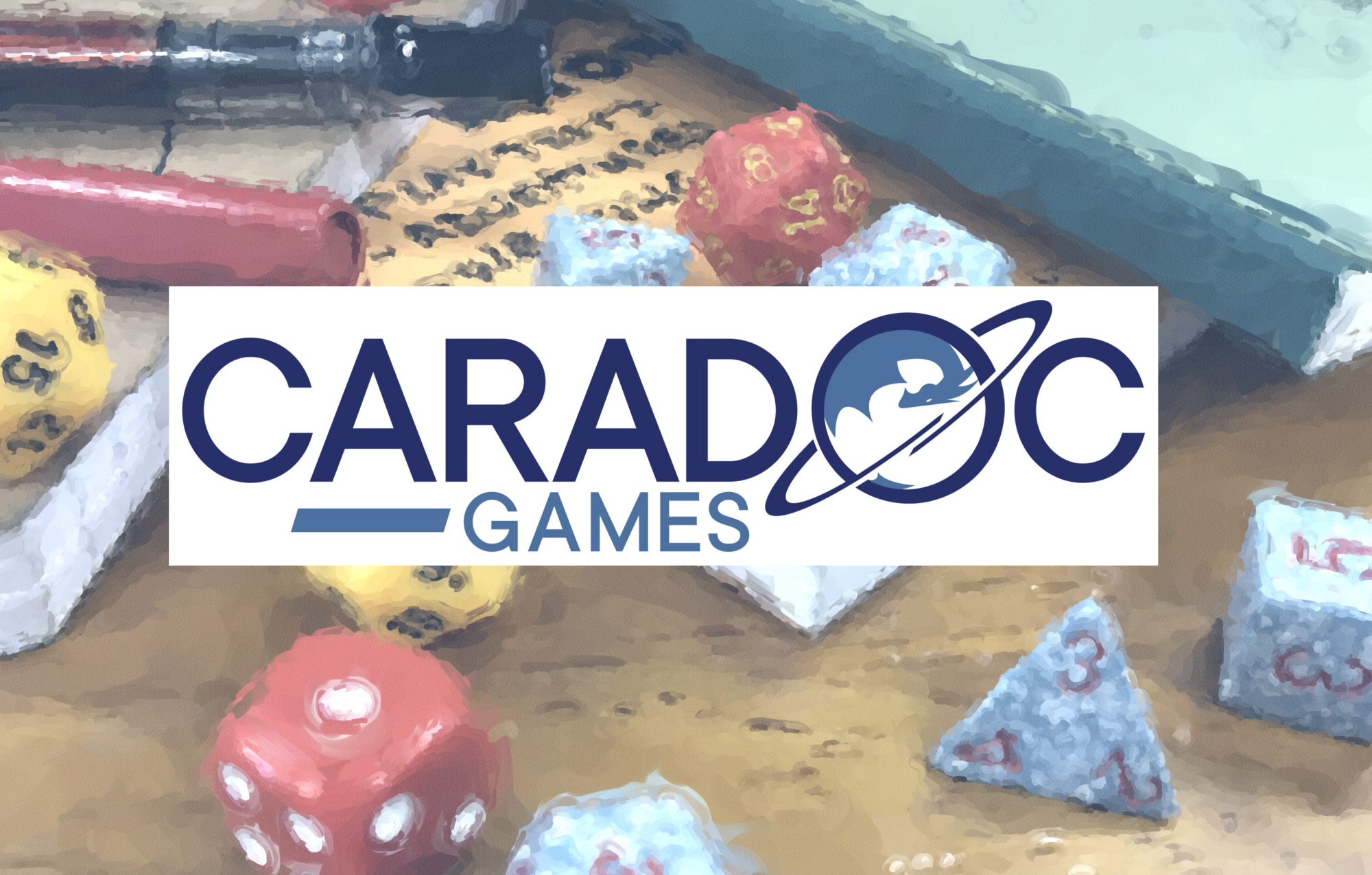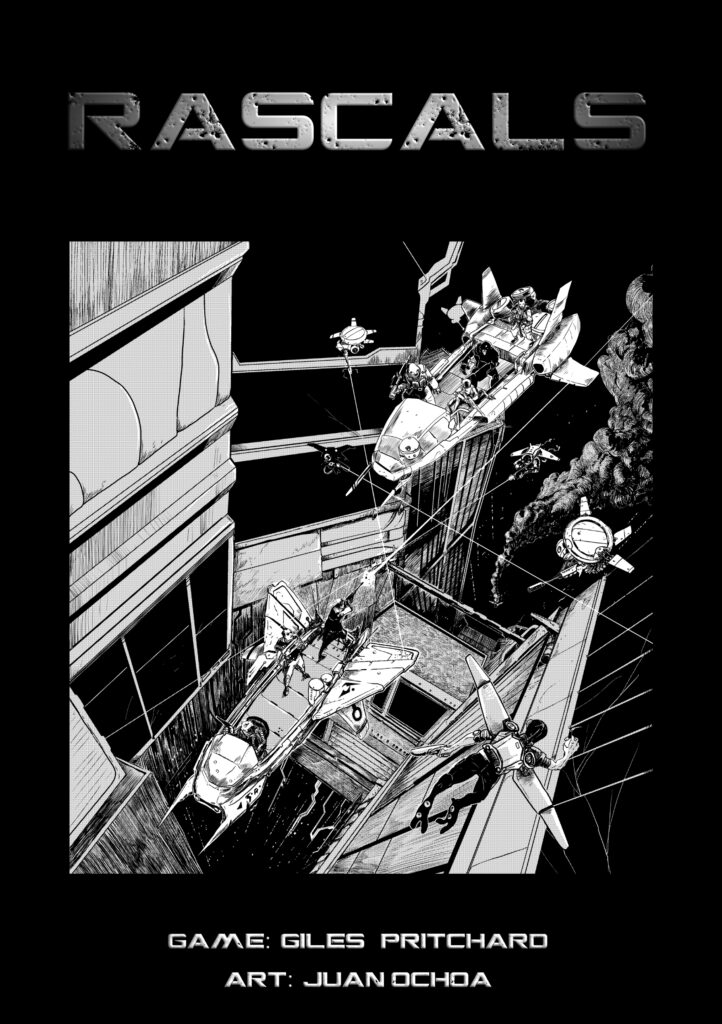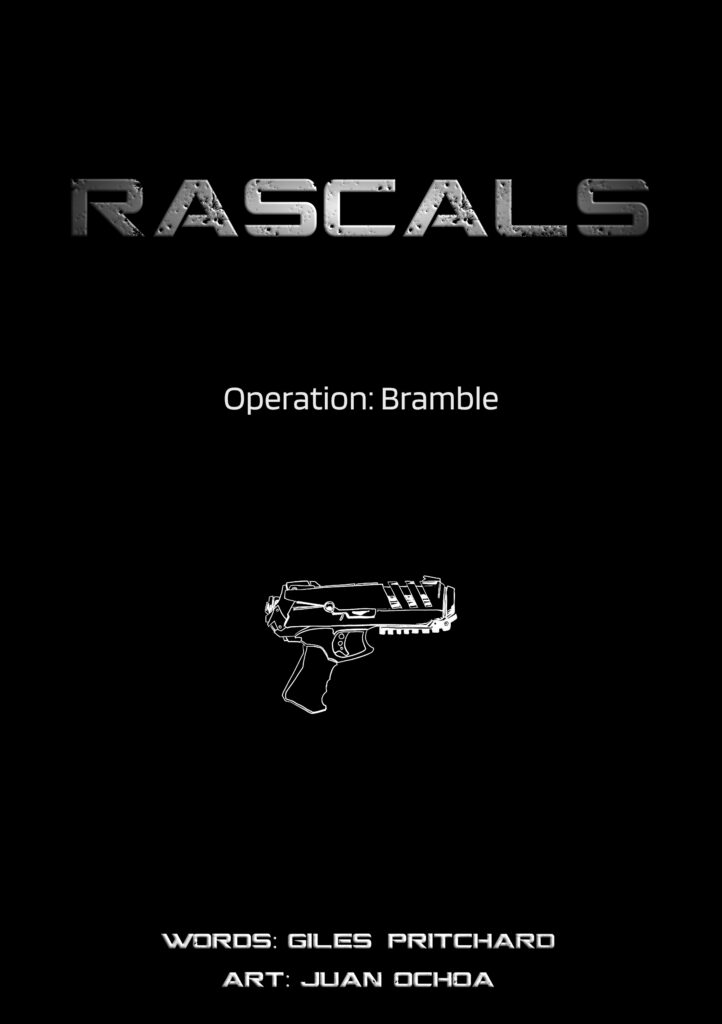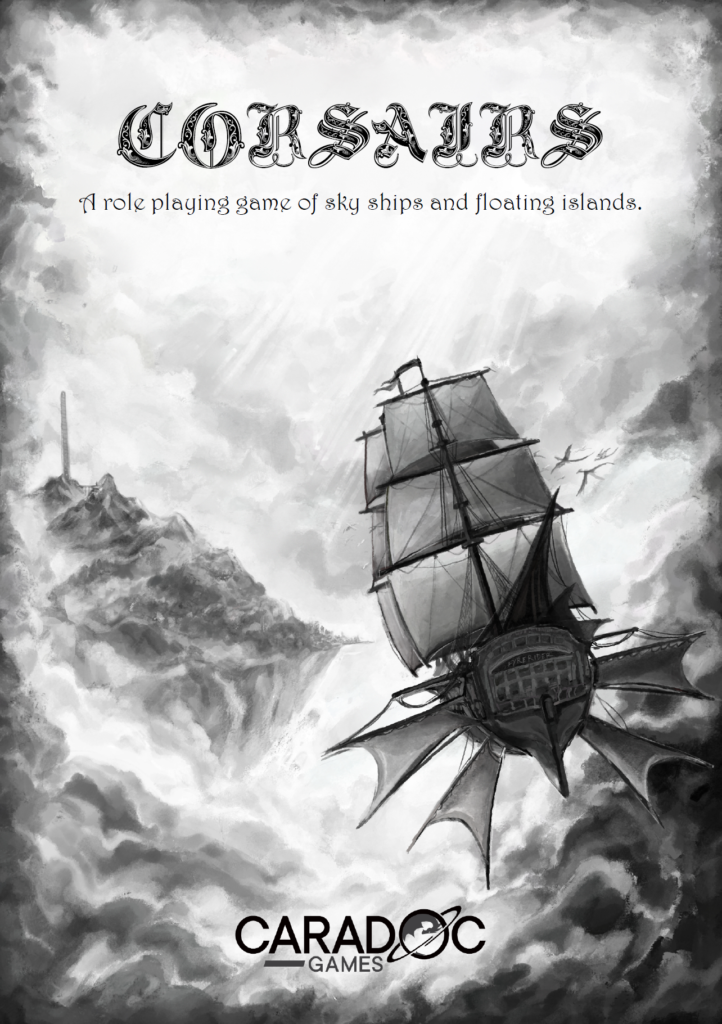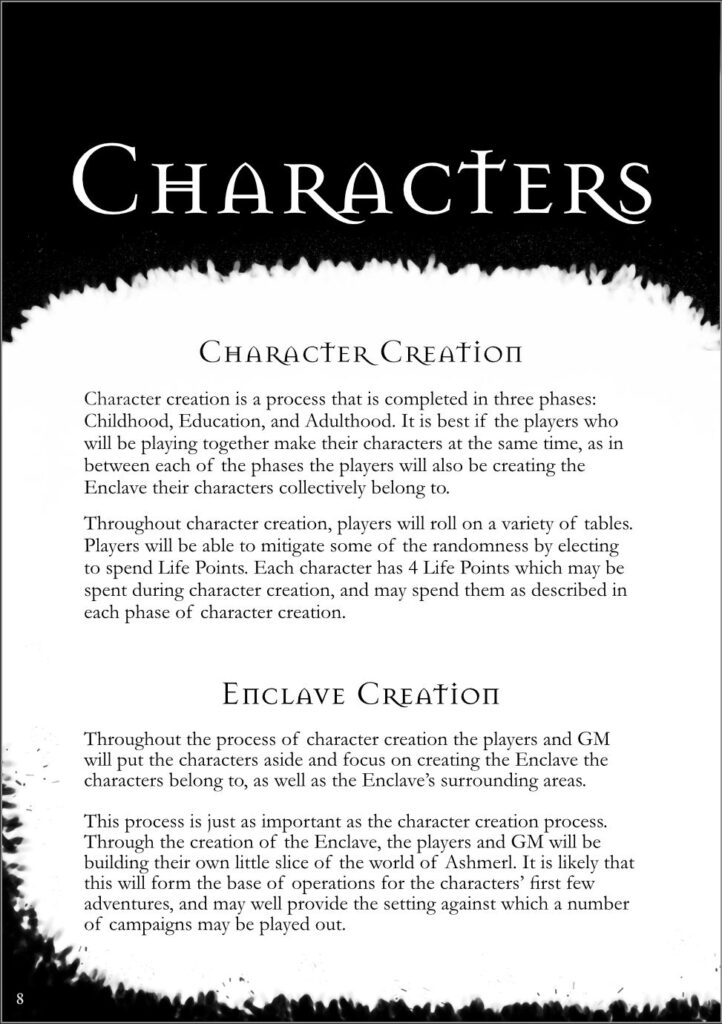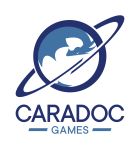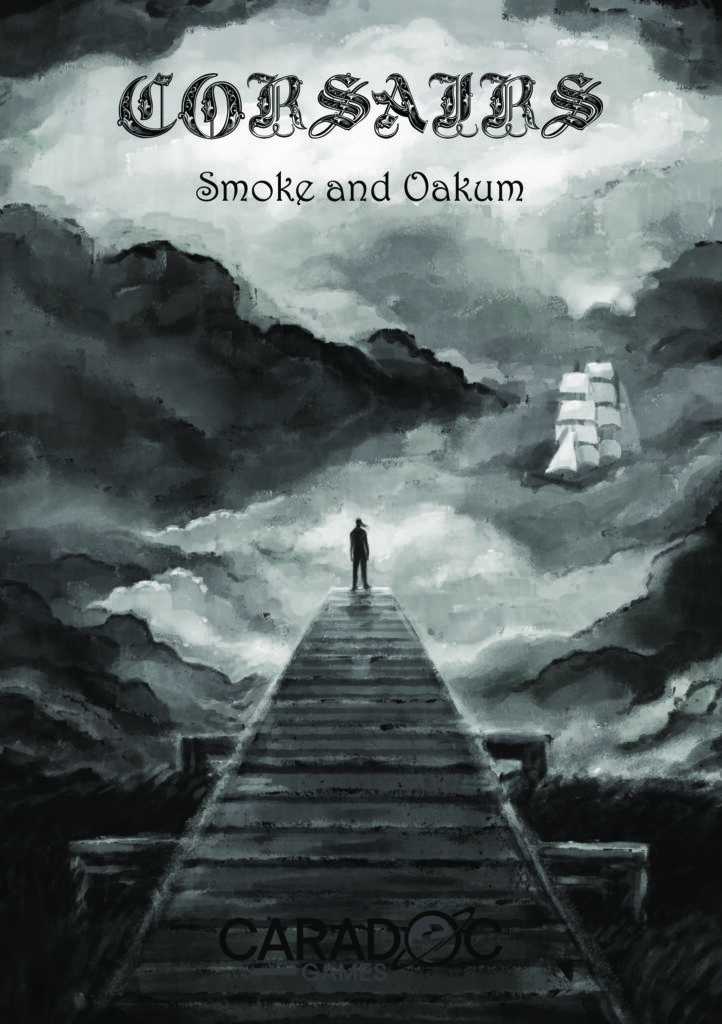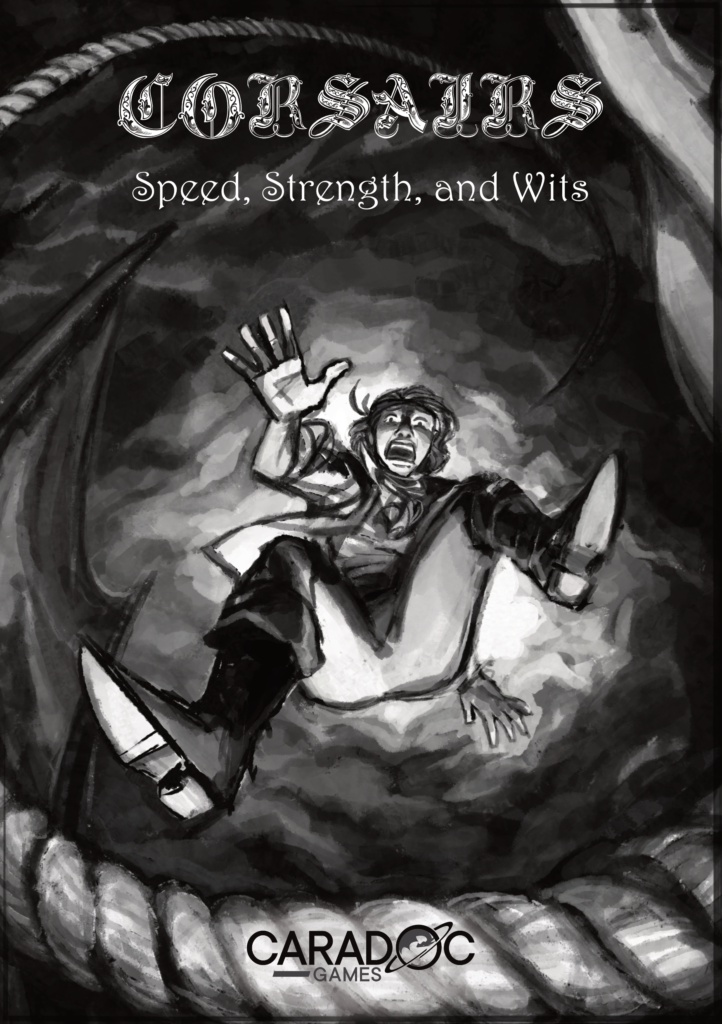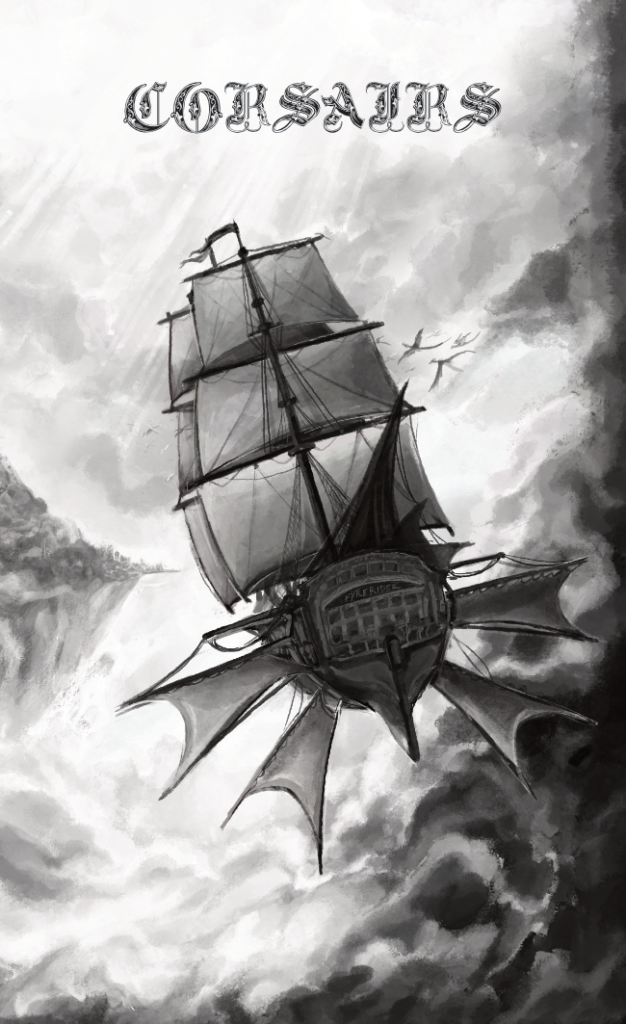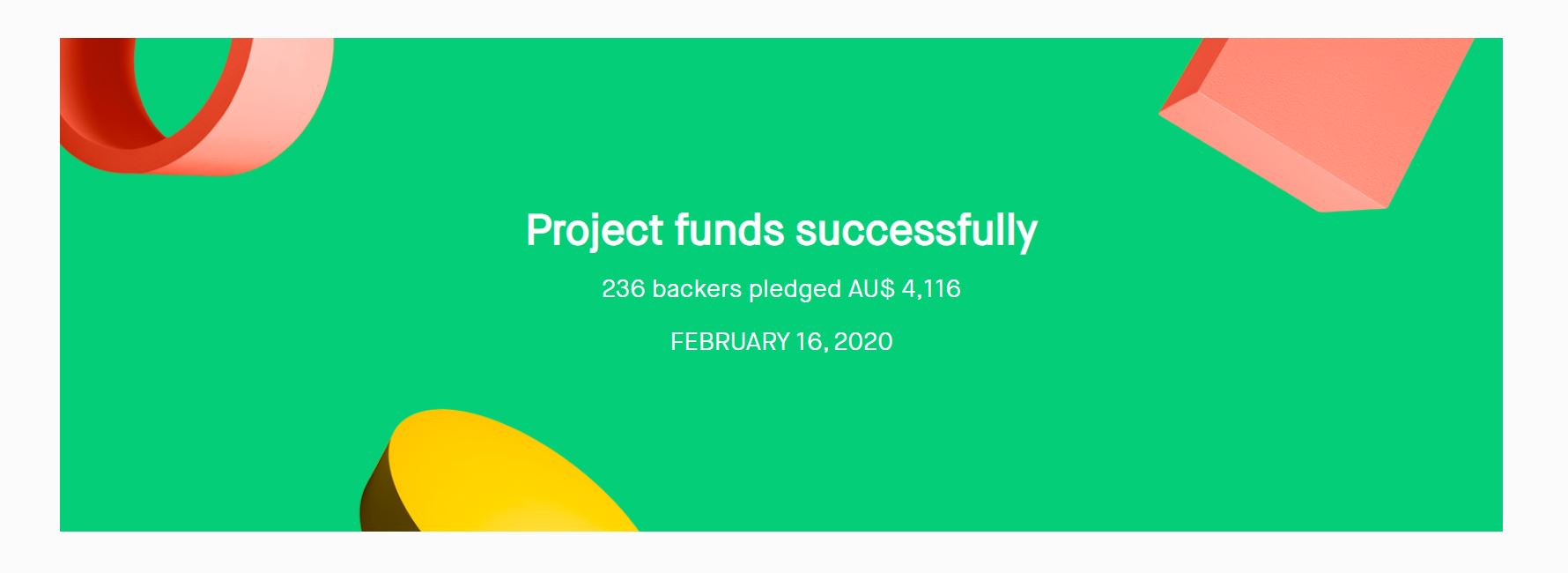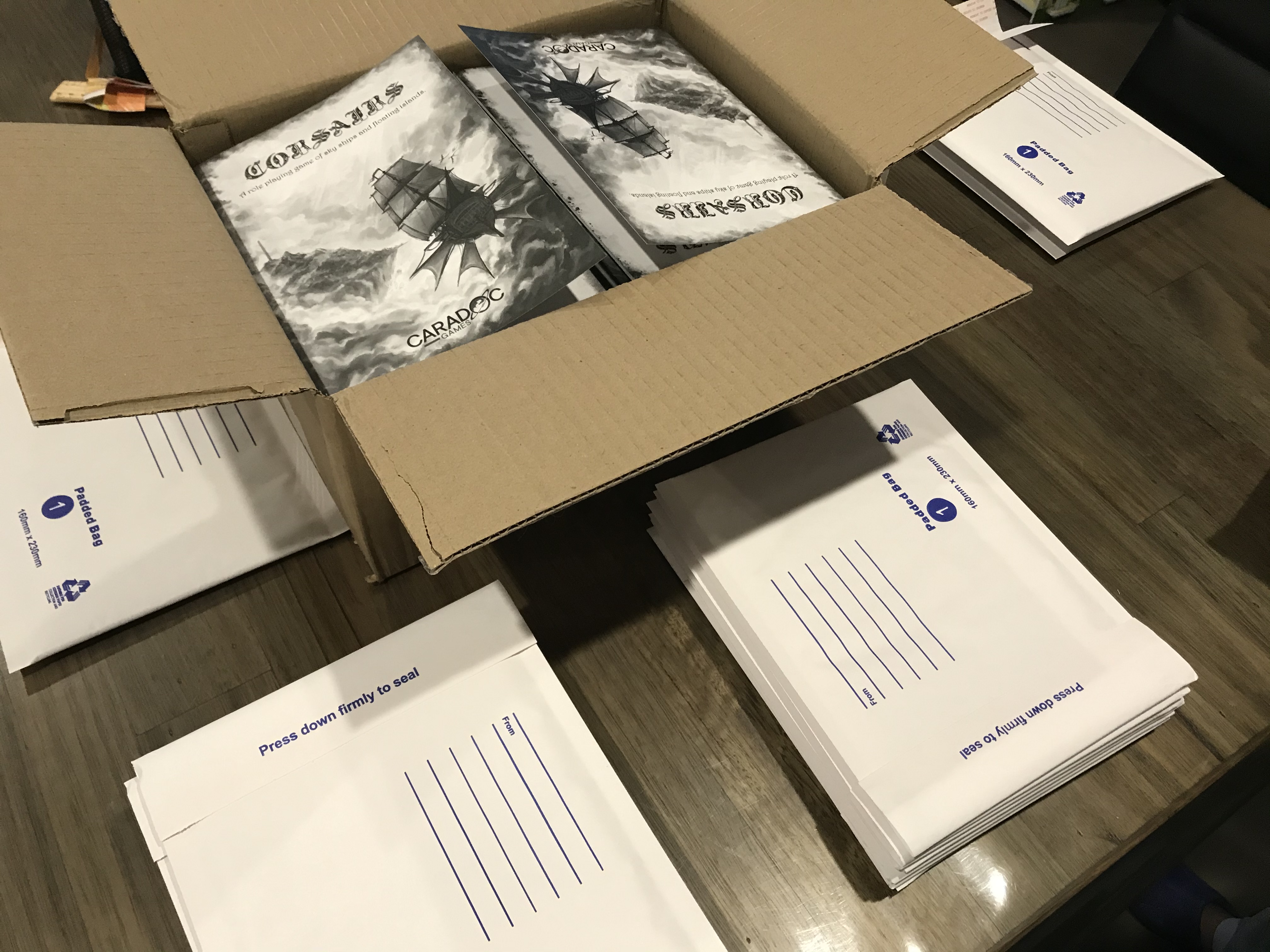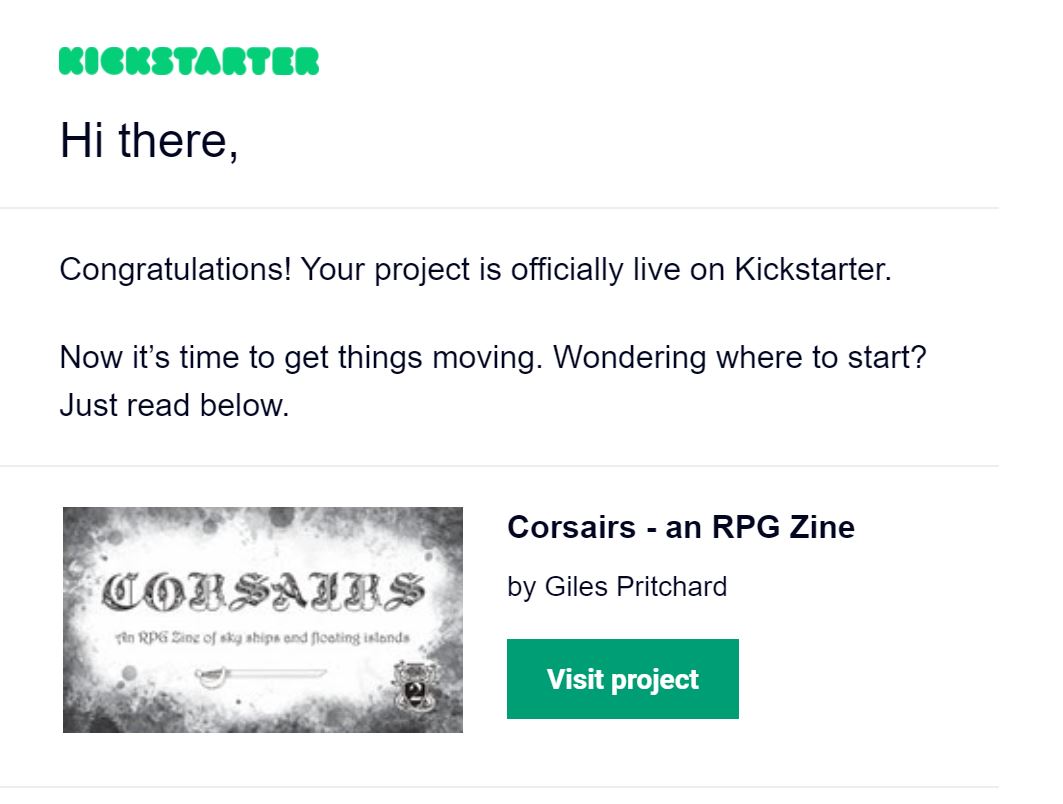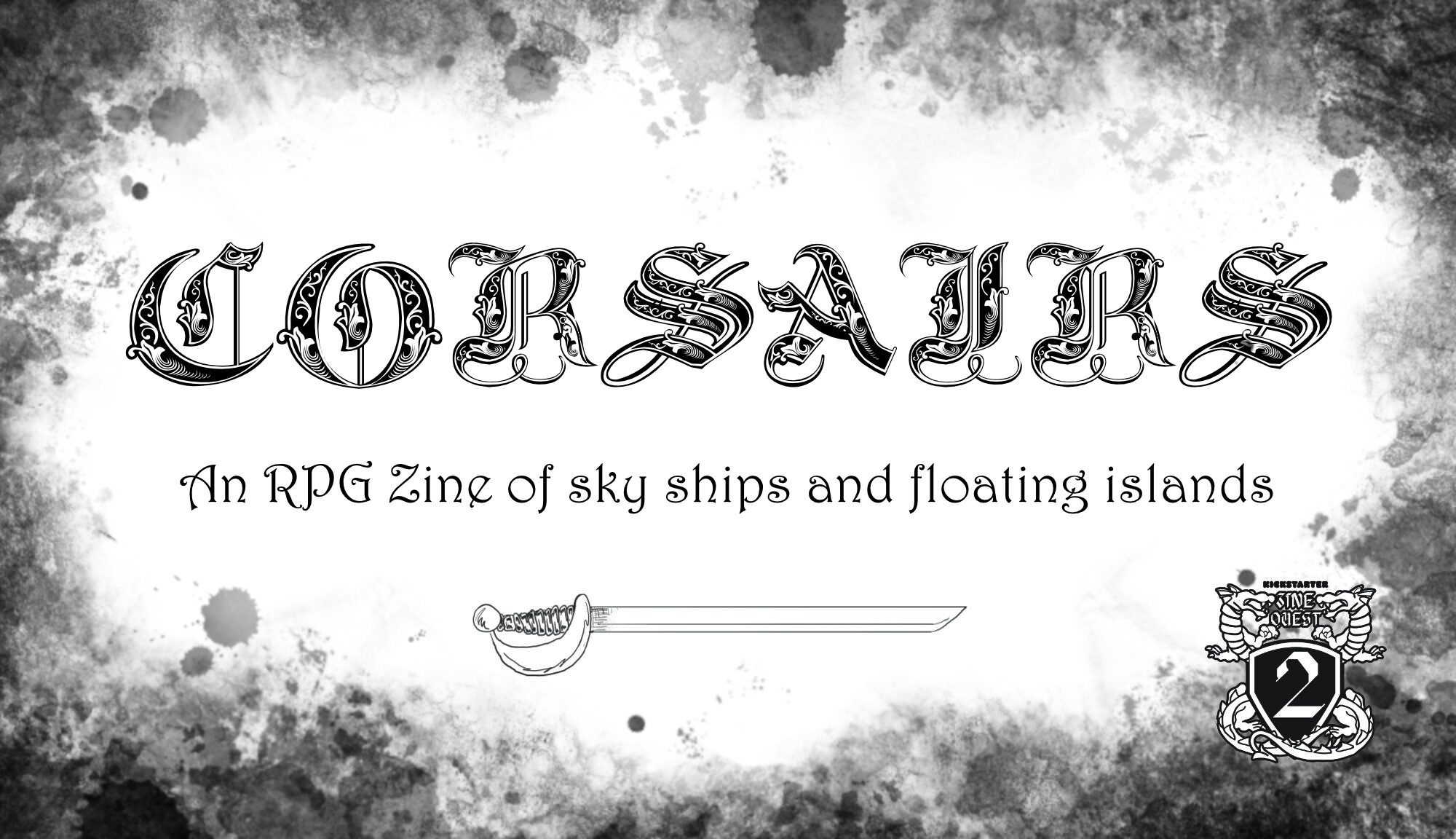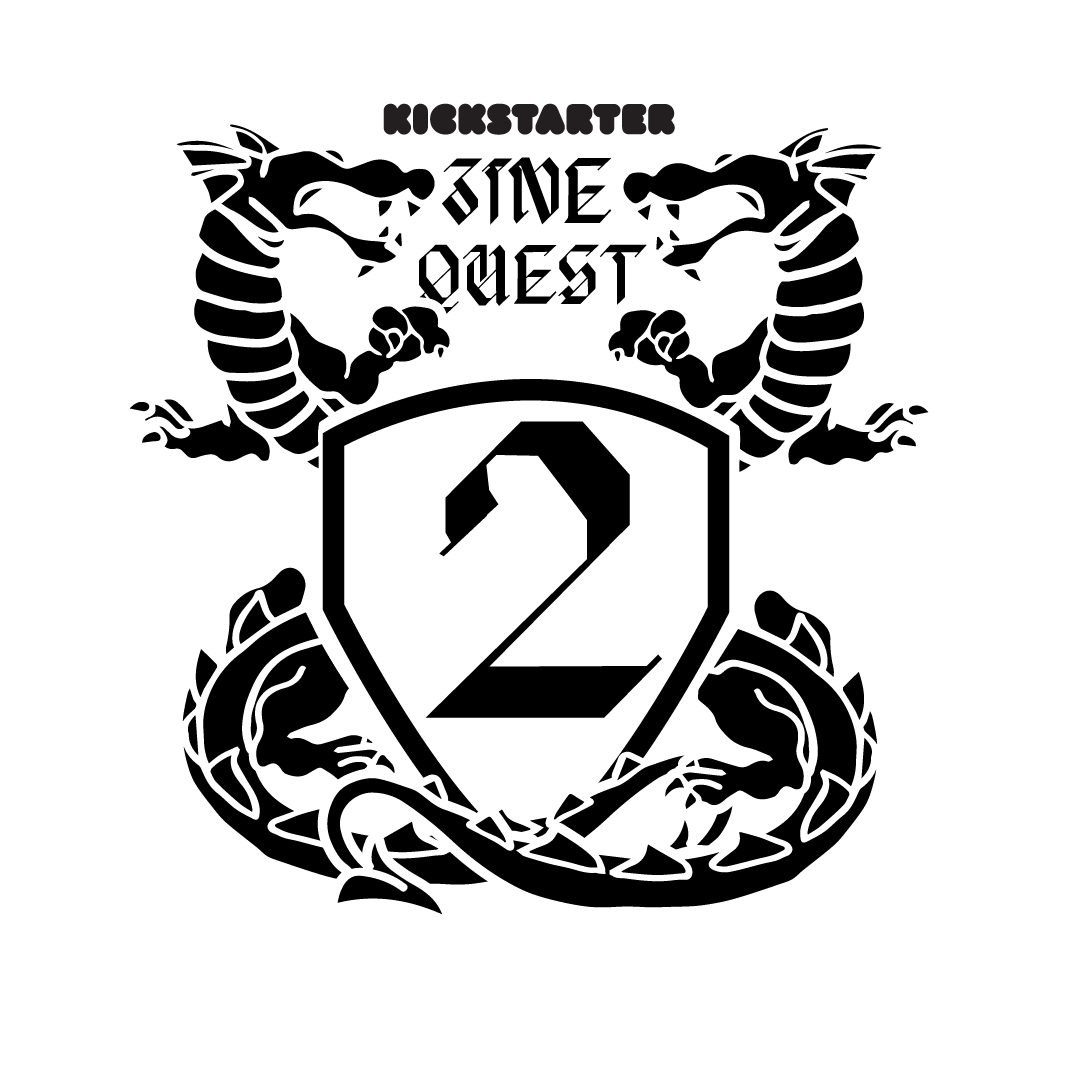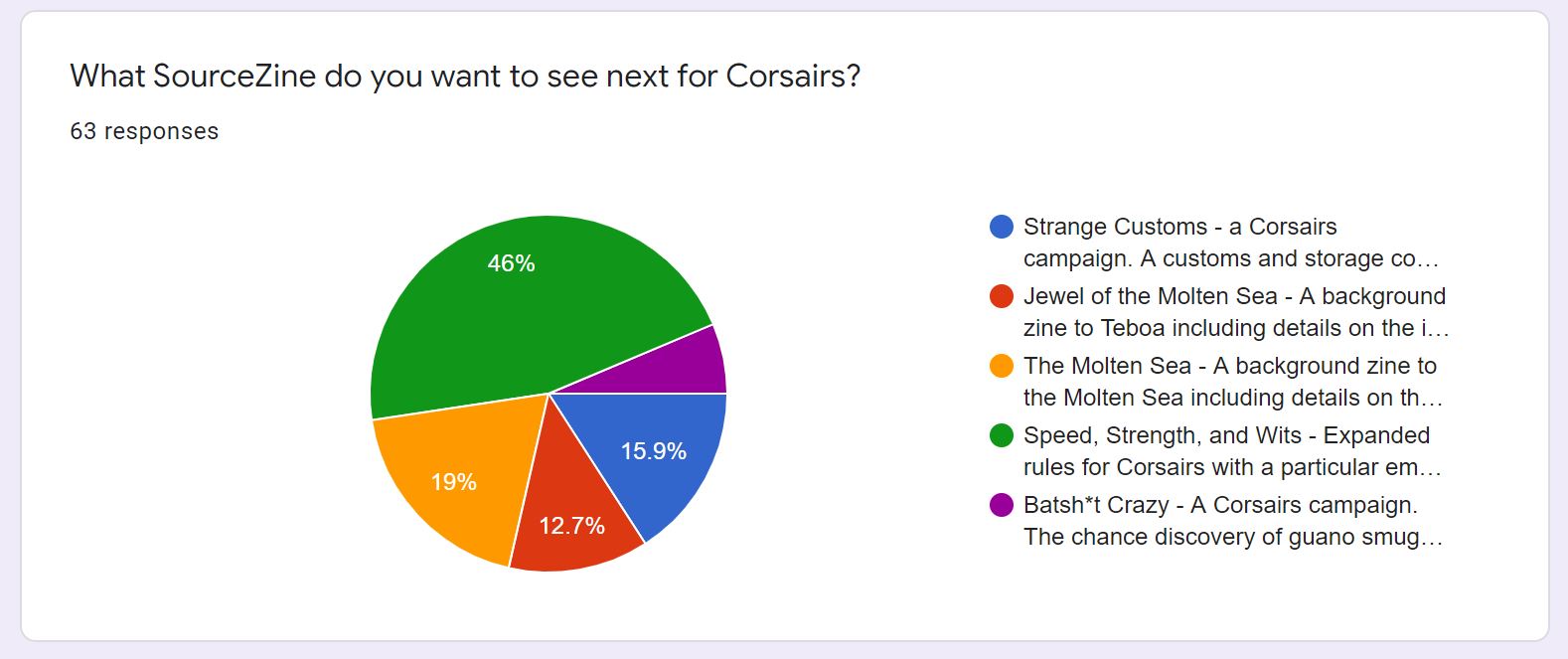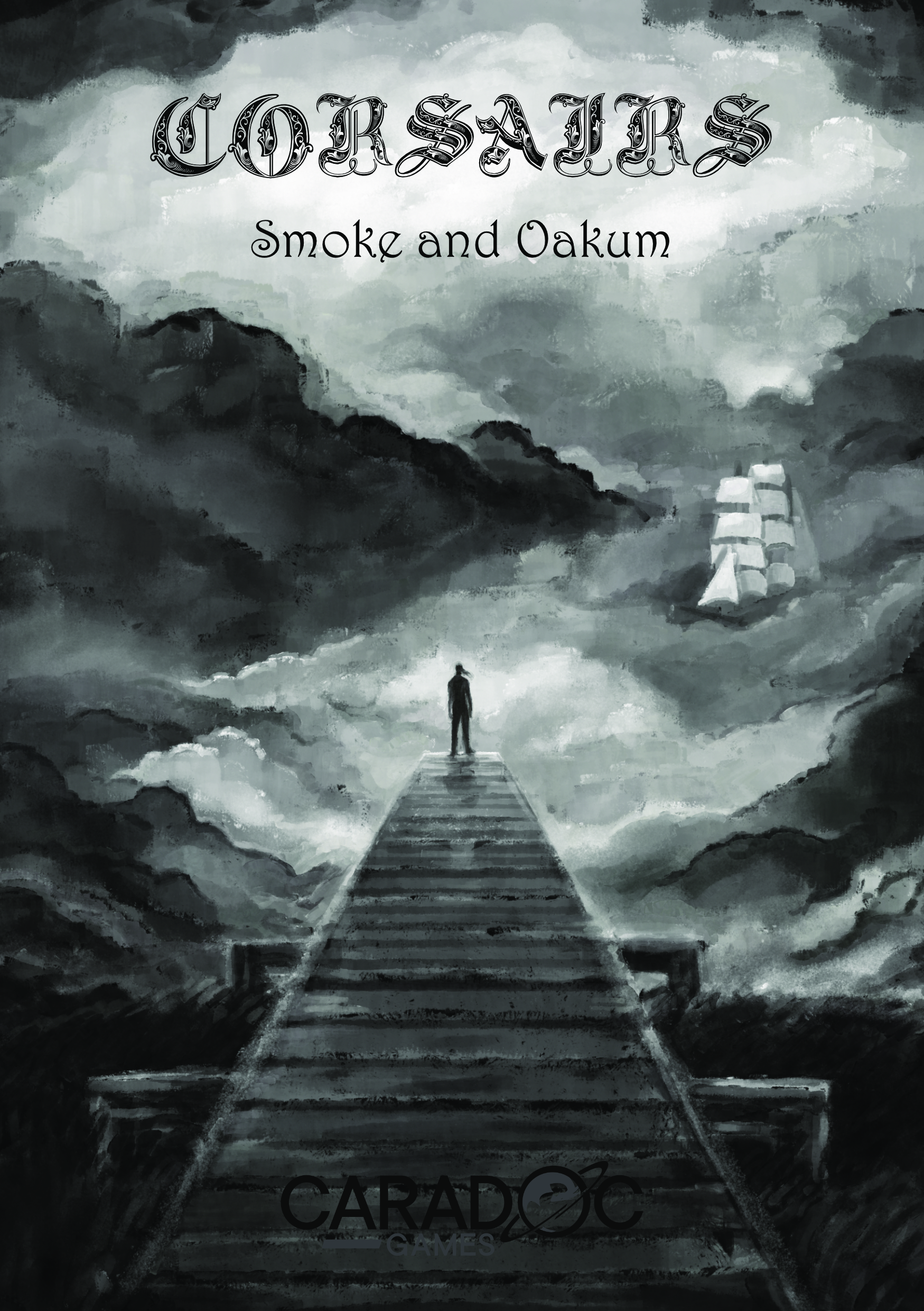I’ve written about my gaming goals for 2024, and in the great tradition of the new year haze, I want to continue in that vein of thinking. But first, we need to look back.
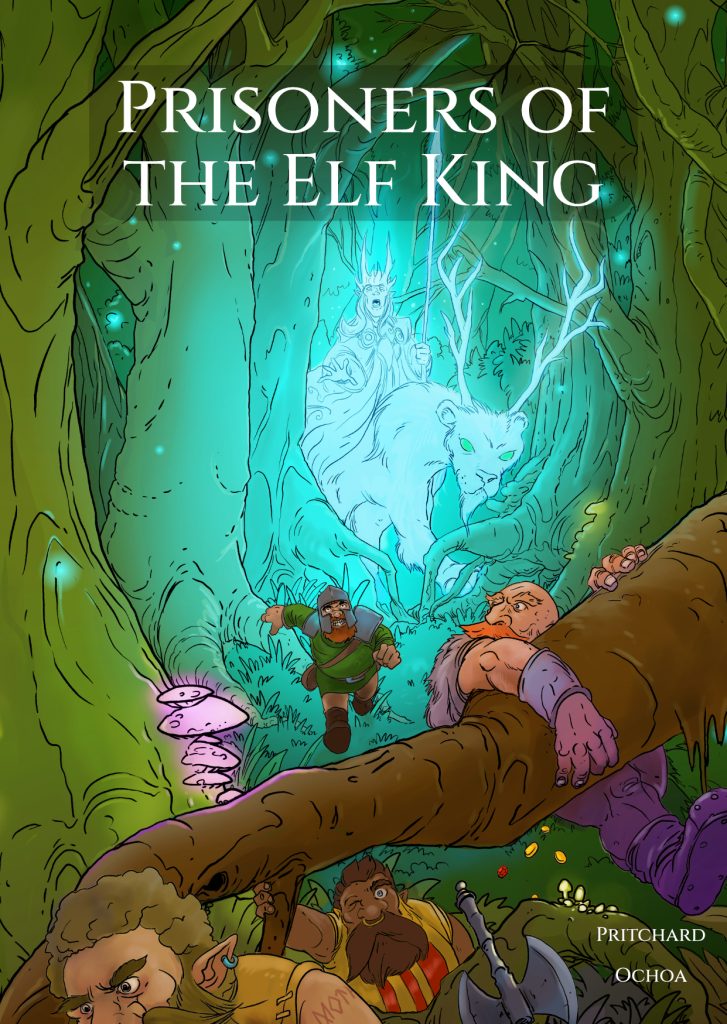
2023 was a relatively quiet year for Caradoc Games, at least in terms of releases. Prisoners of the Elf King launched as a Kickstarter in February of last year, and only just scraped over the line thanks to the generosity of a friend. I was a little disappointed in how Prisoners of the Elf King fared on Kickstarter. I think it’s a fun game, and more than that, I think it’s a fun read. It’s done reasonably well post Kickstarter though – so there is a silver lining! With the post Kickstarter sales the game managed to cover it’s costs and make a little bit of money. By which I mean I paid the artist and made that money back, and managed to keep some change for myself as well, and if not enough to pay me for the design time, writing, and layout, is better than it not covering costs!
For anyone interested, Prisoners of the Elf King a game that pokes fun at some of the classic tropes in fantasy fiction, and in particular the Hobbit (who would have guessed from the name). If you want to know more, you can pick up a below, or from Indie Press Revolution, or from Exalted Funeral.

Prisoners of the Elf King – Printed Zine
Why did it not fare so well?
It could be the format – A6 might not be as popular as A5, or something with a hard cover. To be honest, I don’t think this is the main issue, it just failed to capture much attention on Kickstarter. It could be that it was because it was marketed as a one-shot game – it is an adventure and all the rules required to play that adventure. I think it’s a fun idea, but maybe it’s not a commercial idea. This concept (story arc and bespoke rules set) may be something I come back to, but for now I’m going to focus on making game systems and settings that are not built around one plot concept, however funny I think that concept might be (and trust me, it’s funny). The next few games from me will keep the format, but will be fully fledged RPGs.
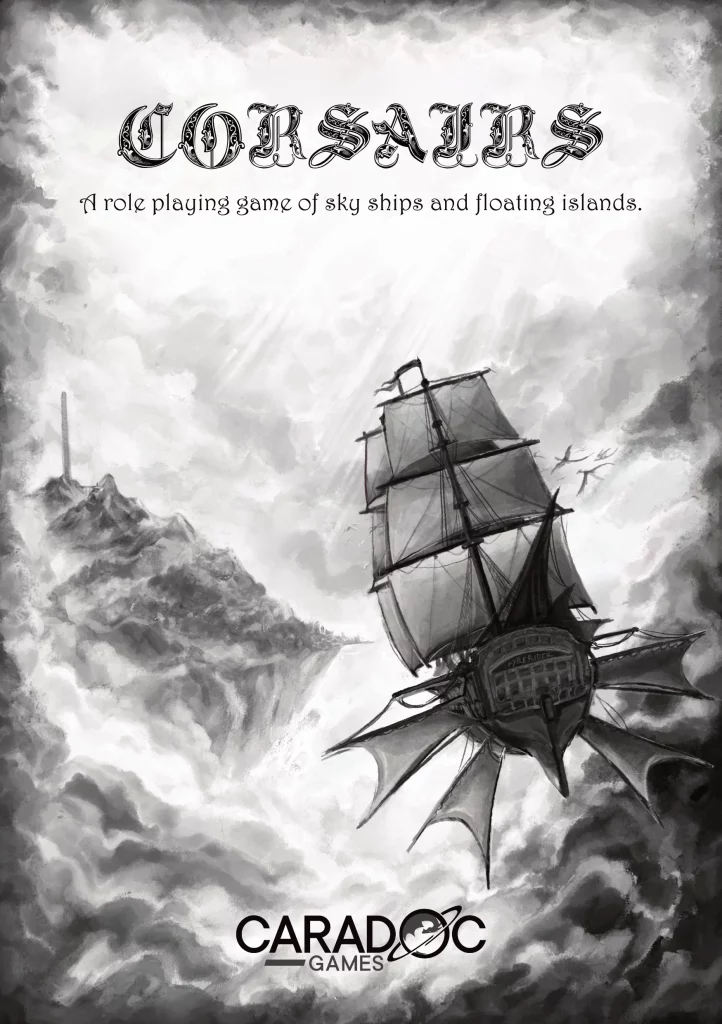
Sales of my other games also slowed down in 2023, though I did send off my last copies of Corsairs and Rascals to Indie Press Revolution. Corsairs has sold about 600 copies, and Rascals about 500. I could order another reprint of both, but sales have slowed, and to be honest, both of these are games I’d like to revisit.

At one point I’d love to do a bigger version of Corsairs, with the supplements rolled in with the core rules, maybe even a hard cover if that was possible. We’ll see.
Rascals is a game I am really proud of. I think the playing card system is solid, and I like it a lot. Again it’s a game I’d like to revisit, maybe as a second edition, maybe using the same core system in a different setting.
For now, both these games are almost sold out. The last copies available can still be purchased from Indie Press Revolution (Corsairs, and Rascals) and Exalted Funeral (Corsairs, and Rascals).
Why the slow down? I honestly don’t know. It could be related to the economy, but it’s most likely related to two factors:
1) I wasn’t very active in promoting my games in 2023. A fact that is almost directly related to
2) A main source of traffic for me in the last was through Twitter, which fell of a cliff in 2023. Post engagement is really low, directed traffic is really low to non-existent… Twitter was the main platform I used for putting out news and promotional material related to my games, and it was killed in a brutal if not amusingly ironic fit of capitalistic hubris.
Last year, when it came to considering how I’d promote my games, or whether I should post something, I just felt very disengaged and lacking in motivation. I tried all the things everyone else in the TTRPG industry tried: Hive, Mastodon, Tribel, Threads… the only one I have come to kind of enjoy is BlueSky, aka Twitter with the serial numbers filed off, and you can find me on that site here.
All of that, combined with changes to MailChimp – which I use for my mailing list – made it feel very difficult to get any sort of engagement. I think for 2024 I am going to focus on three things: BlueSky, my mailing list, and this blog.
A bit of a quiet year for Caradoc Games, and a part of this was the fact I changed jobs, and a part of this was that I felt a little disengaged from the whole thing. Prisoners of the Elf King was the only game I released last year, but I did put a lot of work into the design and development of some other games that will be coming in 2024. More on that in the next post…
